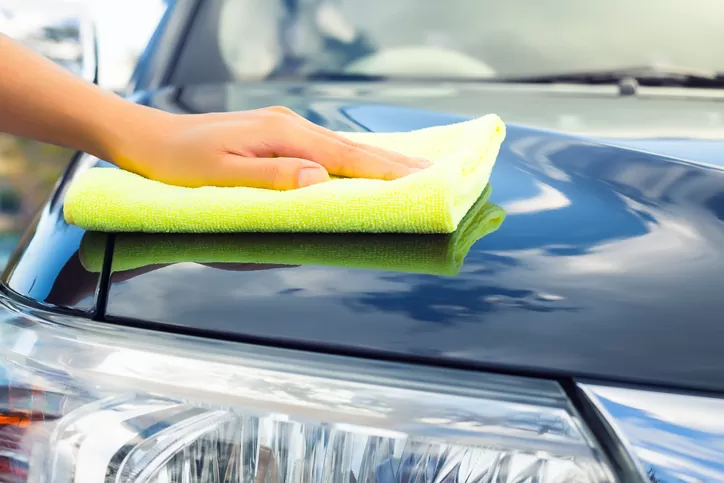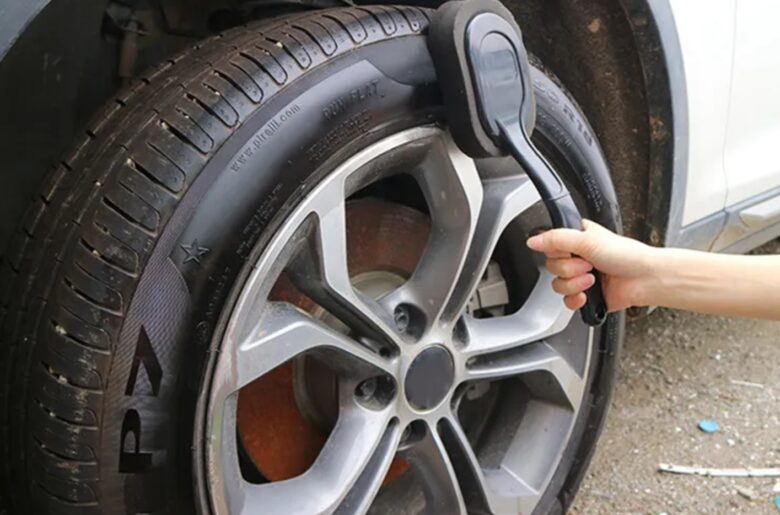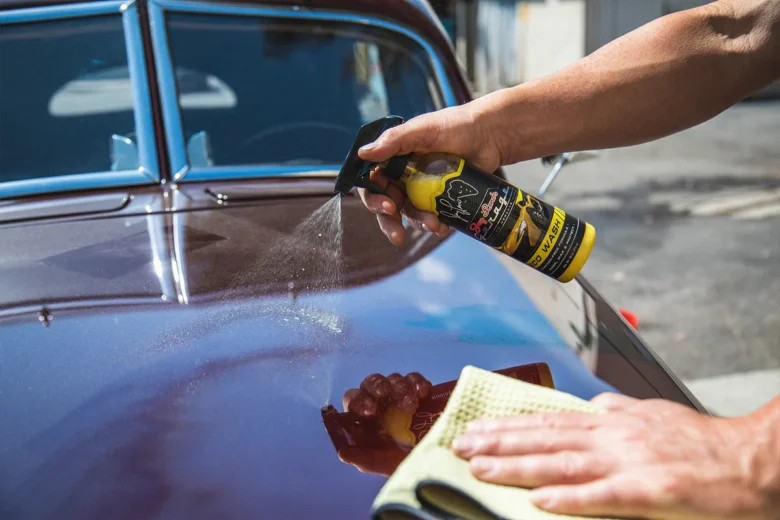Are you new to car cleaning? Before you begin car cleaning and detailing, you should know a few things to make your life and your car’s life easier. Here are a few tips to help you with your next at-home car detail:
Contents
Use microfiber towels, not sponges

Source: autotrainingcentre.com
You should never use sponges and regular towels on your car’s paint. While these items appear soft on the surface, they are highly abrasive to the paint on our automobile.
To stay on the safe side, get microfiber towels. Using the right microfiber towels will make your car cleaning process easier and fun.
To begin with, sponges and bathroom towels cannot trap and lock dirt. Rather than picking them up, these objects will move over the surface, causing swirling and scratching all over your paint. You don’t want this.
Second, sponges and cotton towels will harm even freshly painted surfaces. These are too aggressive for automotive paint and frequently leave marring because they are designed for scrubbing.
Microfiber towels have a distinct weave. Because the cloth is looped, no exposed fibers will come into contact with your car’s paint. These filaments are often responsible for marring. However, the ends are concealed and cannot harm your automobile because microfiber towels are looped.
Microfiber towels come in various styles, including waffle weave, plush, and dual-sided. Each variety has its advantages and is best suited to various cleaning jobs. For the best car cleaning, go with a waffle weave and fluffy towels.
You must take good care of it to continue getting the best results from the towel. As a rule of thumb, follow the manufacturer’s care instructions.
Wash the towels separately from other fabrics without fabric softeners to maintain their quality and performance. When drying the towels, do so on low heat or air dry them. To learn more about these towels and how to use them properly.
Use a specialty wheel brush

Source: aliexpress.com
The details are important when it comes to automobile washing, and you want your wheels to be clean by the time you are done cleaning the rest of the car.
Many people clean the wheels by hand, which is often a lot of work, and you don’t get ideal results. The little places on the wheels are difficult to access. Worse, the jagged edges of the tire holes and brake caliper shields might easily hurt your hands.
To stay safe, you should get a specialist wheel brush that can get into these hard-to-reach regions and provide the same clean look without damaging your hands.
To get the best results, select the appropriate brush. Wheel cleaning brushes are available in various shapes, sizes, and materials, so you have plenty of options to go with. Some of the options available include:
Long-handled wheel brushes: These brushes feature a long handle to provide increased reach and mobility. They are ideal for cleaning deep-set wheels or difficult-to-reach locations.
Soft bristle wheel brushes: Soft bristle brushes are gentle on fragile wheel finishes like chrome or polished aluminum. They reduce the possibility of scratching or damaging the wheels.
Stiff bristle wheel brushes: Brushes with stiff bristles remove stubborn dirt, filth, or brake dust. They work well on severely filthy wheels and rough surfaces.
Wheel Woolies are brushes with long, flexible handles made of soft wool fibers. They’re great for getting into tight spaces and crevices, like between wheel spokes.
Use a drying aid before waxing the car

Source: lenosgarage.com
A car drying aid helps in drying after you have washed the car. It is usually combined with a drying towel or microfiber cloth.
A car drying aid’s primary goal is to improve the drying process by eliminating water spots, streaks, and potential marring or scratching of the vehicle’s paint surface.
Spray-on car drying aids are the most common type. They comprise lubricating agents, surfactants, polymers, and, occasionally, wax or sealant components.
These components encapsulate water droplets, reducing surface tension and allowing the drying towel or cloth to glide more smoothly over the paintwork.
To apply the drying aid, spray it onto the wet surface of the automobile immediately after rinsing off the shampoo or soap. Using a drying towel or microfiber cloth, gently wipe and absorb any remaining water on the vehicle’s surface.
The drying aid helps form a lubricating layer, reducing the possibility of dragging the drying towel and generating scratches or swirl marks.
In addition to aiding the drying process, some drying aids provide additional benefits such as boosting gloss, offering water-beading capabilities, or imparting a temporary layer of protection to the paint surface.
While you don’t need drying aids to dry your car, as a high-quality drying towel or microfiber cloth can do the job just as well, a drying aid improves the drying experience and lessens the likelihood of leaving behind wet spots or marks.
When choosing a car drying aid, consider variables such as compatibility with your vehicle’s paint finish, the convenience of use, and any other benefits you may be interested in, such as added gloss or protection,
To avoid paint damage, always use a clean and soft drying towel or cloth and follow the manufacturer’s directions for correct application and use.
When properly used, the car drying aid ensures that the car looks cleaner, and you won’t have to worry about residual moisture interfering with the application of your wax.
Parting shot

Source: nerdynaut.com
You should clean your car regularly for a good-looking car that will last for a long time. Start the process with a thorough pre-cleaning, including washing off loose dirt and using specific cleaners for certain locations.
Use a high-quality car wash shampoo and a microfiber mitt to clean the paintwork safely and without leaving scratches or swirl marks.
Remember to inspect frequently overlooked areas, such as wheel wells, door jambs, and glass surfaces.
You should use the right cleaners and tools for diverse surfaces such as upholstery, carpets, dashboards, and windows. Vacuuming, dusting, and using fabric protectants will also help keep the inside clean and odor-free.
